The island capital, Malabo, is also Equatorial Guinea’s oldest city. As West Africa becomes increasingly tourist- driven, Bioko has the potential to become a new international tourist hotspot.
A corner of the capital Malabo.
Around Bioko
Bioko’s Malabo National Airport currently has direct flights from Madrid (Spain), Paris (France), Berlin and Frankfurt (Germany), and Addis Ababa (Ethiopia). The four cities on Bioko – Malabo, Luba, Baney and Riaba – are all connected by a highway. However, Bioko is largely forested, so the best way to explore the island is by bicycle.
Malabo National Park opened in 2016 but has already become a popular destination for visitors. Here, visitors can explore the rainforest ecosystem of Equatorial Guinea and its endemic species of flora and fauna, such as the red colobus monkey, the bushy-tailed porcupine, and the West African linsang. Bioko Island was once connected to mainland Africa by a strip of land, but this strip of land was submerged when the sea level rose. Many of the animals and plants that were isolated on the island evolved in ways that were different from their mainland relatives. This is why Bioko has so many endemic species.
Bioko Island was created by the lava of three volcanoes, the highest of which is Pico Basilé (3,011m). Pico Basilé is also a very beautiful mountain. Visitors should spend a full day climbing Pico Basilé, starting by walking through the dense forest at the foot of the mountain, climbing to the top, and then going down to the volcanic caldera.
The second highest volcano on the island, Moka, is famous for the poetic Biao Lake in the middle of the volcanic crater. The scenery of Biao Lake alone is so beautiful that it makes visitors forget the fatigue of the 2-3 hour journey through the forest and climbing the mountain. Don't forget to rent a boat and row yourself to the middle of the lake. On the slopes of Moka Mountain is a small town of the same name. Many visitors choose to stay in Moka town for a night as a homestay.
Bioko Island has three beautiful beaches: Riaba, Sibobo and Ureca. Ureca Beach is famous for being one of the wettest places on Earth, with an annual rainfall of up to 10.45m. The dry season in Bioko lasts from November to March, and that is the best time to visit the beaches on the island. In addition to enjoying the Atlantic waves, visitors also have the opportunity to observe two species of turtles nesting on the beach: leatherback turtles and green sea turtles.
Ancient Malabo
The capital of Equatorial Guinea, Malabo, was founded by the British as an outpost for their West African colonies. But before that, Portuguese immigrants lived in the Malabo area. After the city was founded, the British brought here many black slaves from Sierra Leone, Gabon, Liberia, Nigeria, Ghana, Ivory Coast... The mixture of many different ethnicities created the architectural and cultural identity of Malabo.
The most famous building in the capital city of Malabo is the Santa Isabel Cathedral on Independencia Avenue. Construction began in 1897 and was completed in 1916. The Santa Isabel Cathedral is a fine example of the Gothic Revival architectural style that was popular in the 19th century. The church's two 40m-high bell towers skillfully combine Gothic lines with decorative motifs commonly found in contemporary African colonies. The cathedral is open to the public, but visitors must request permission to climb the bell towers and view the city from above.
Over the past four decades, Malabo in particular and Equatorial Guinea in general have achieved remarkable economic development thanks to the oil industry. However, visitors walking on the streets of Malabo will still find many ancient houses built in the colonial architectural style from the 17th - 20th centuries. Surely visitors will feel a bit of Hanoi during the French colonial period in Malabo, for example the Finca Sampaka villa. This building belongs to a family of cocoa plantation owners. Currently, both the villa and the plantation are open to visitors. After visiting the wooden villa, visitors will have the opportunity to take a tour around the farm of more than 1,000 hectares including cocoa gardens and cocoa bean processing areas into chocolate.
If you are looking for some open space, take a 35-minute bike ride from the center of Malabo to Ilachi Falls. Ilachi is 250m high and is the highest waterfall in Equatorial Guinea. The white falls against the grey mountains and green forest create a unique scene.
Most of the restaurants, discos, shopping and entertainment centers in Malabo city are concentrated on the beach. Sitting on the beach in the evening, holding a beer or a cup of cocoa and listening to the music of street artists in harmony with the sound of the waves is an experience that tourists should not miss when coming to Malabo.
Source: https://hanoimoi.vn/bioko-diem-nhan-ve-dep-tay-phi-672629.html


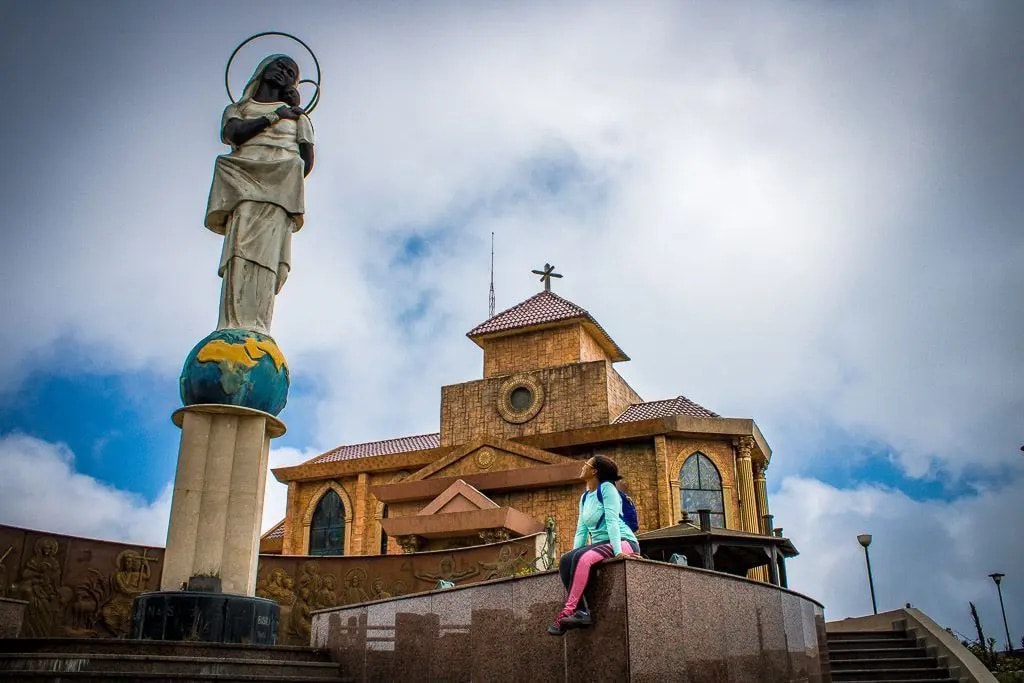




![[Photo] Dan Mountain Ginseng, a precious gift from nature to Kinh Bac land](/_next/image?url=https%3A%2F%2Fvphoto.vietnam.vn%2Fthumb%2F1200x675%2Fvietnam%2Fresource%2FIMAGE%2F2025%2F11%2F30%2F1764493588163_ndo_br_anh-longform-jpg.webp&w=3840&q=75)

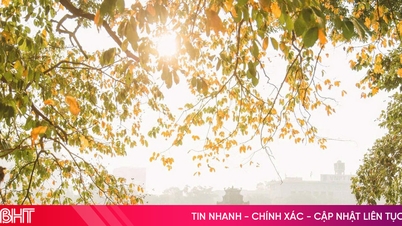



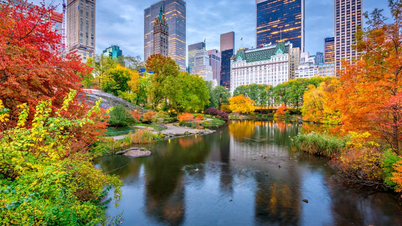



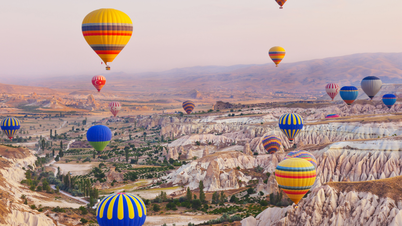
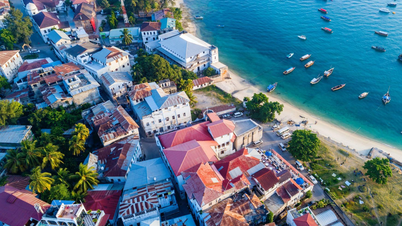
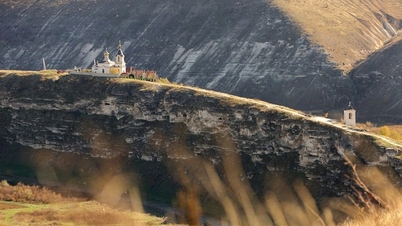
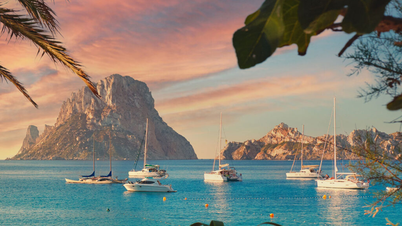
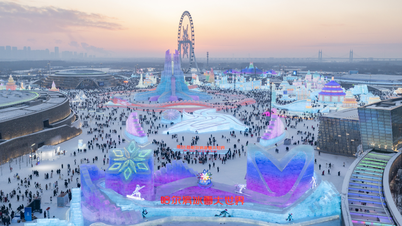
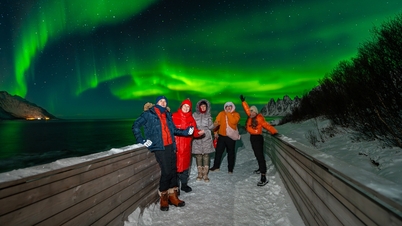



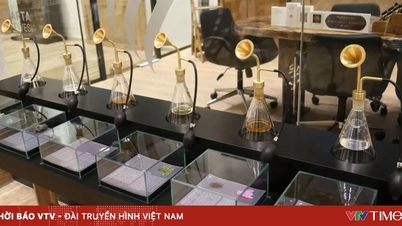



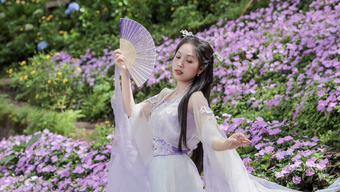

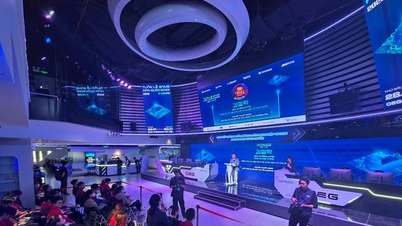

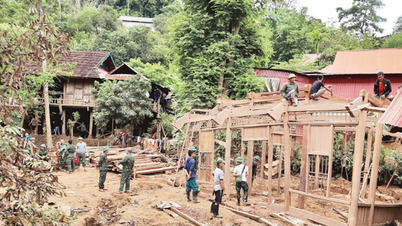
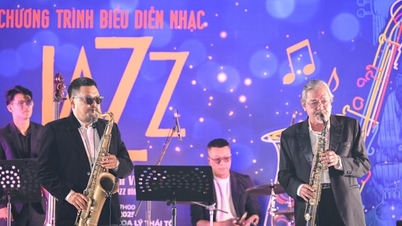

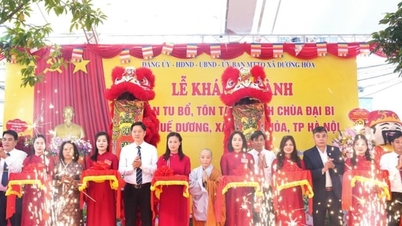

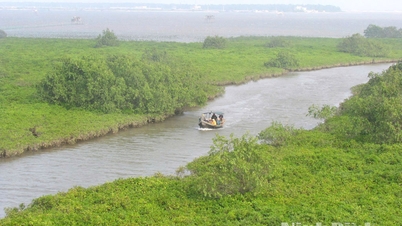

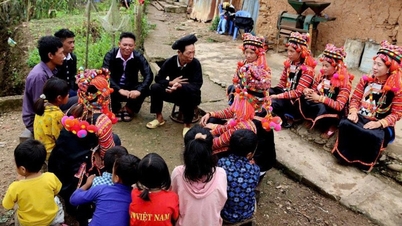



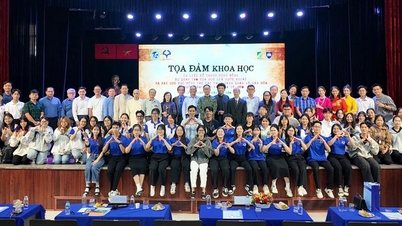

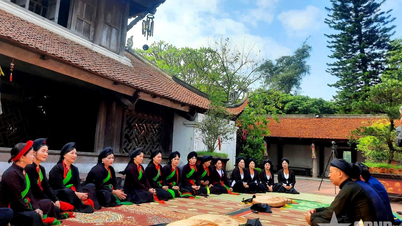




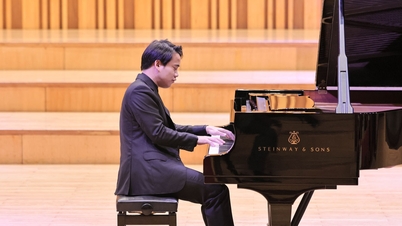



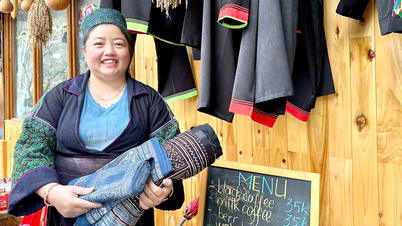

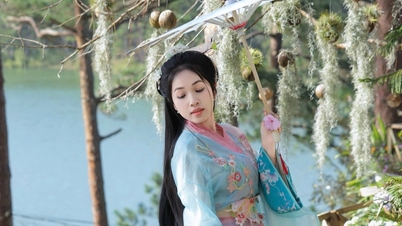
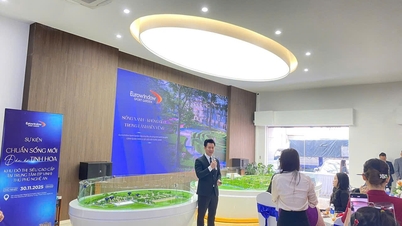
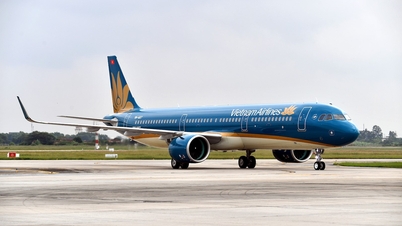
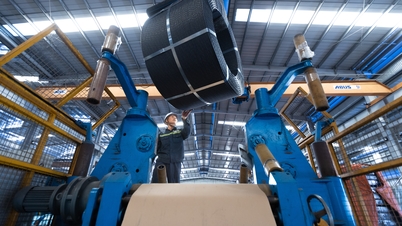
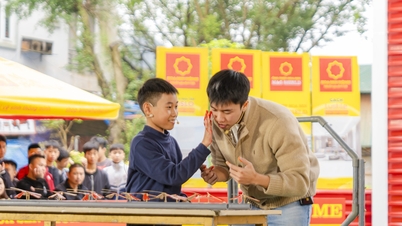

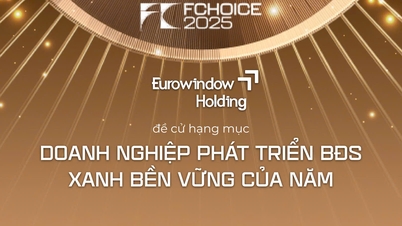
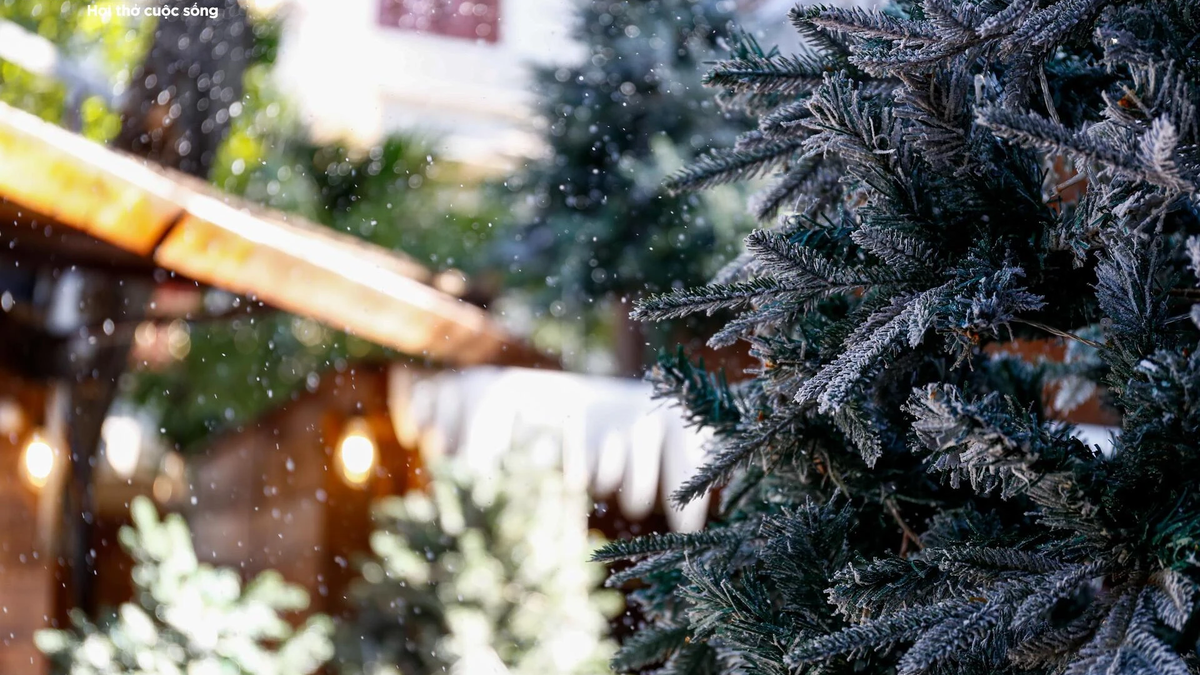


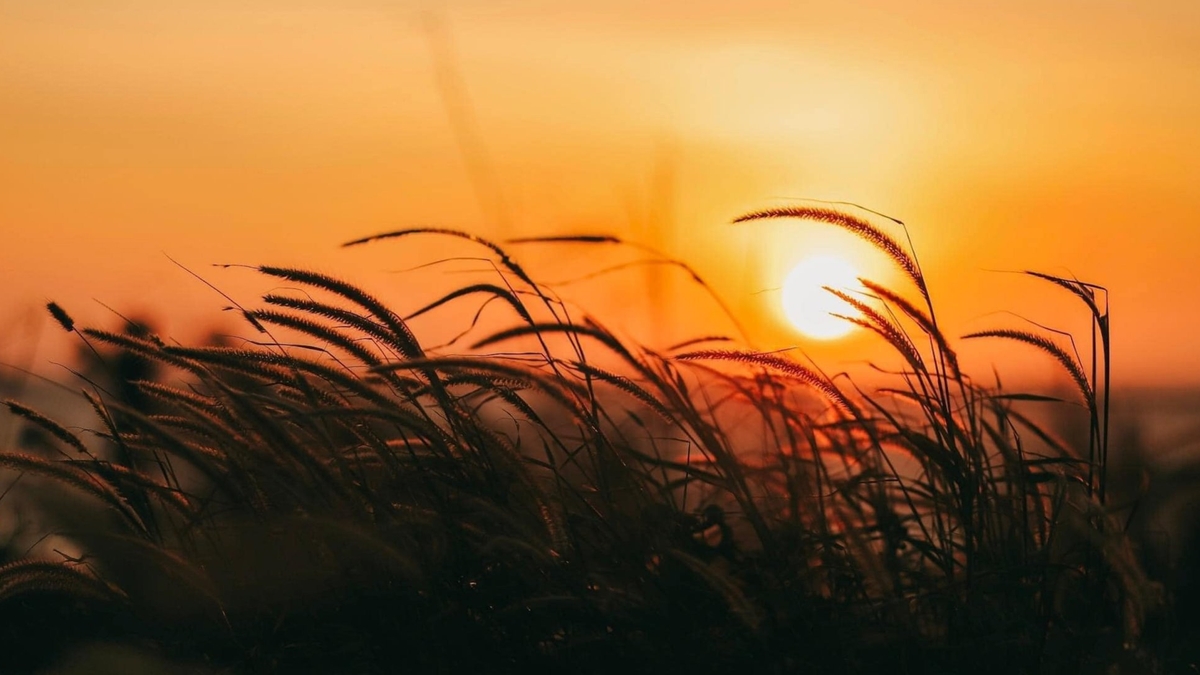
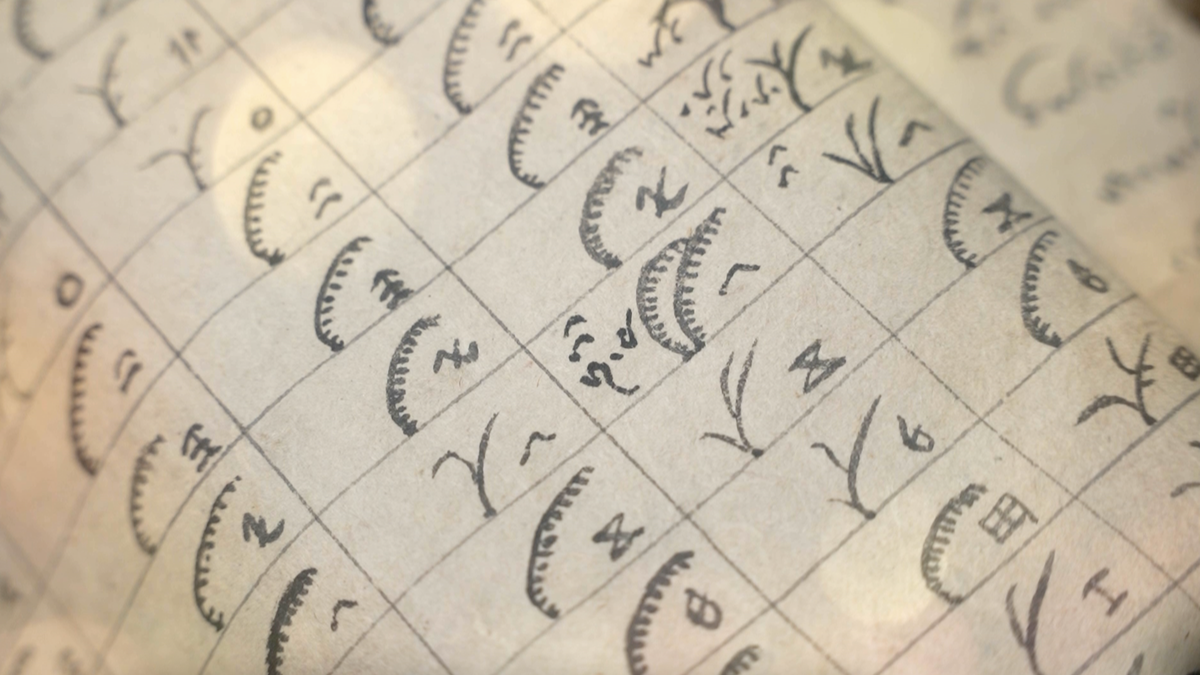
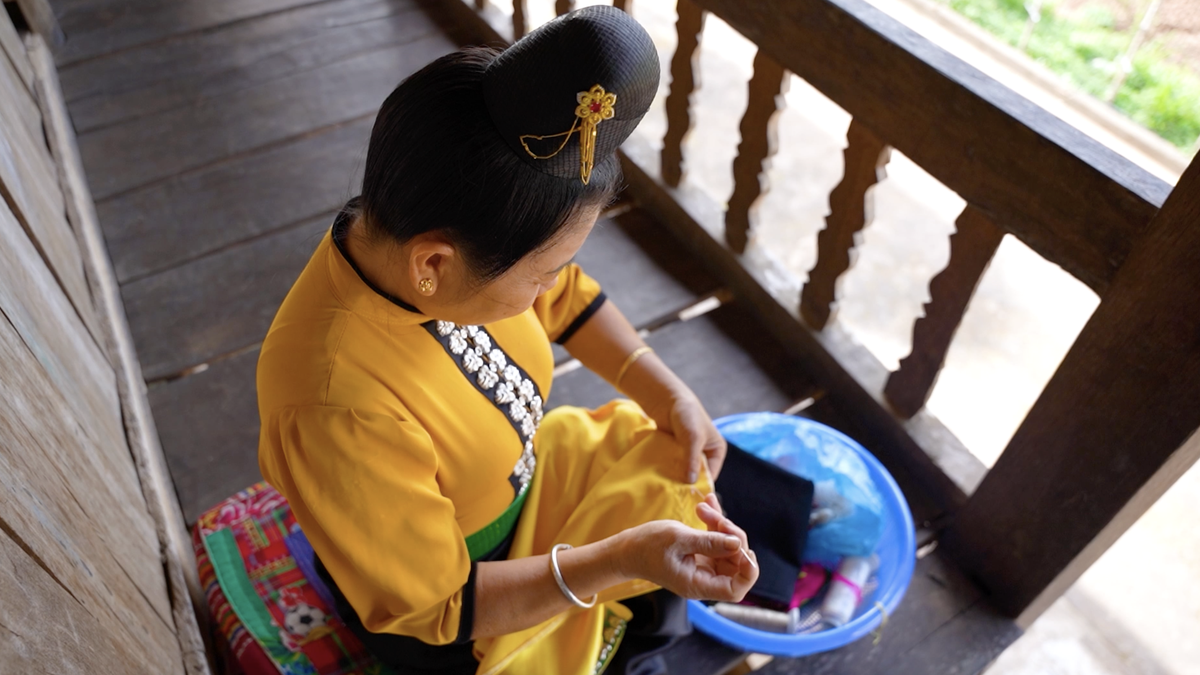

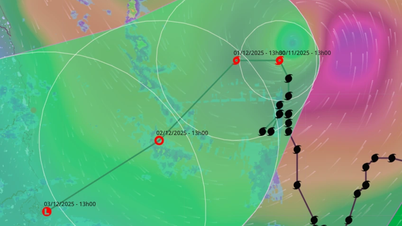




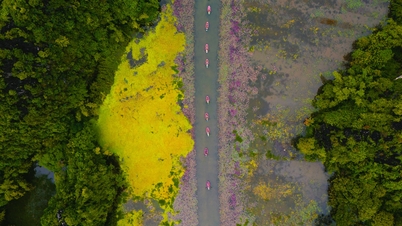


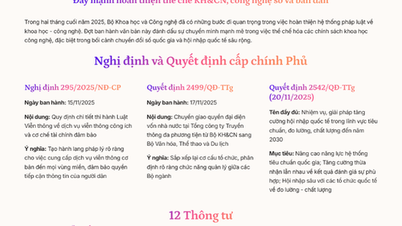


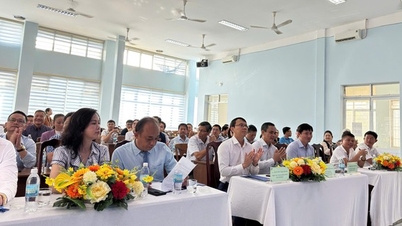

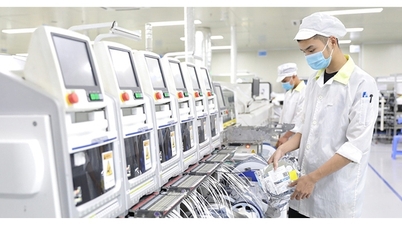



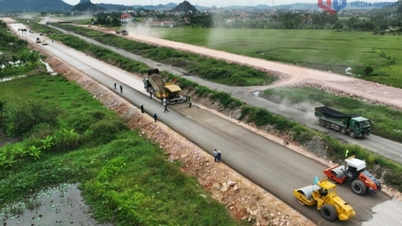



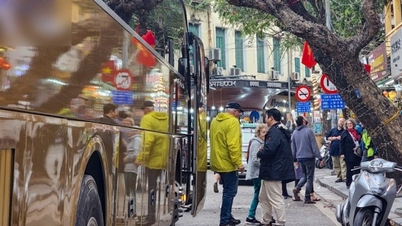
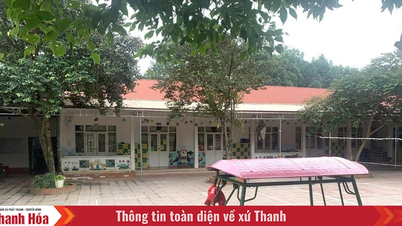







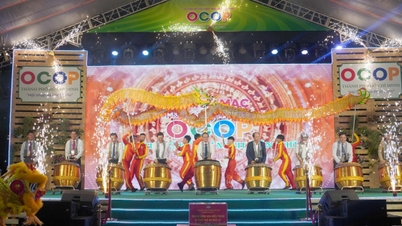

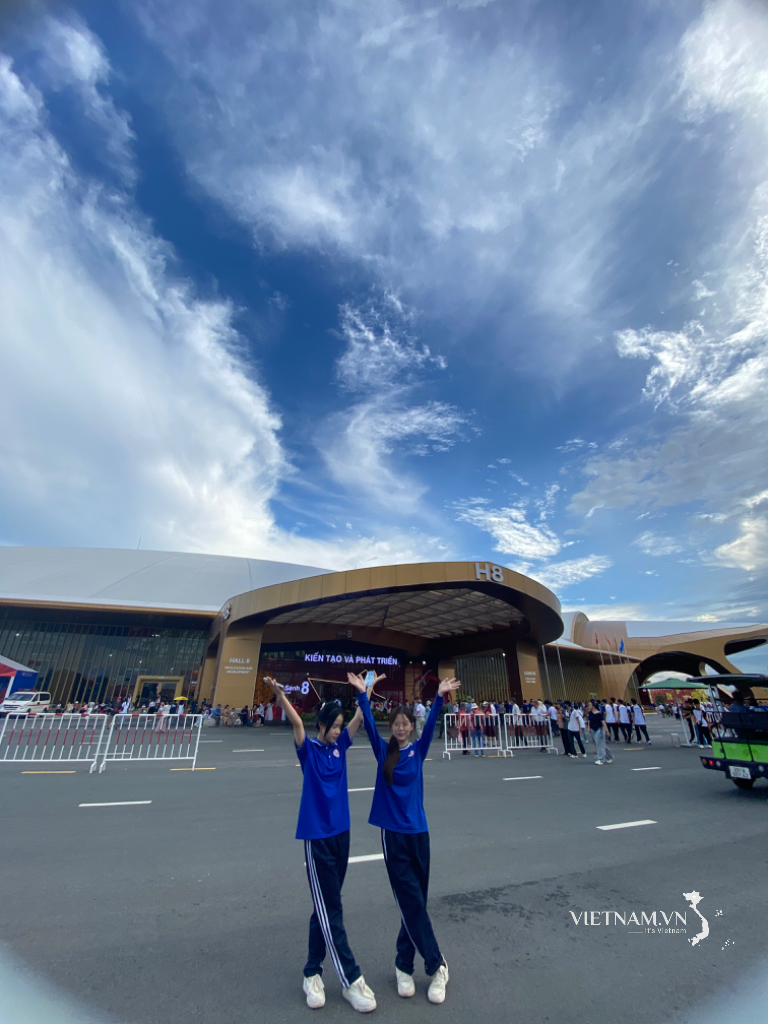



Comment (0)